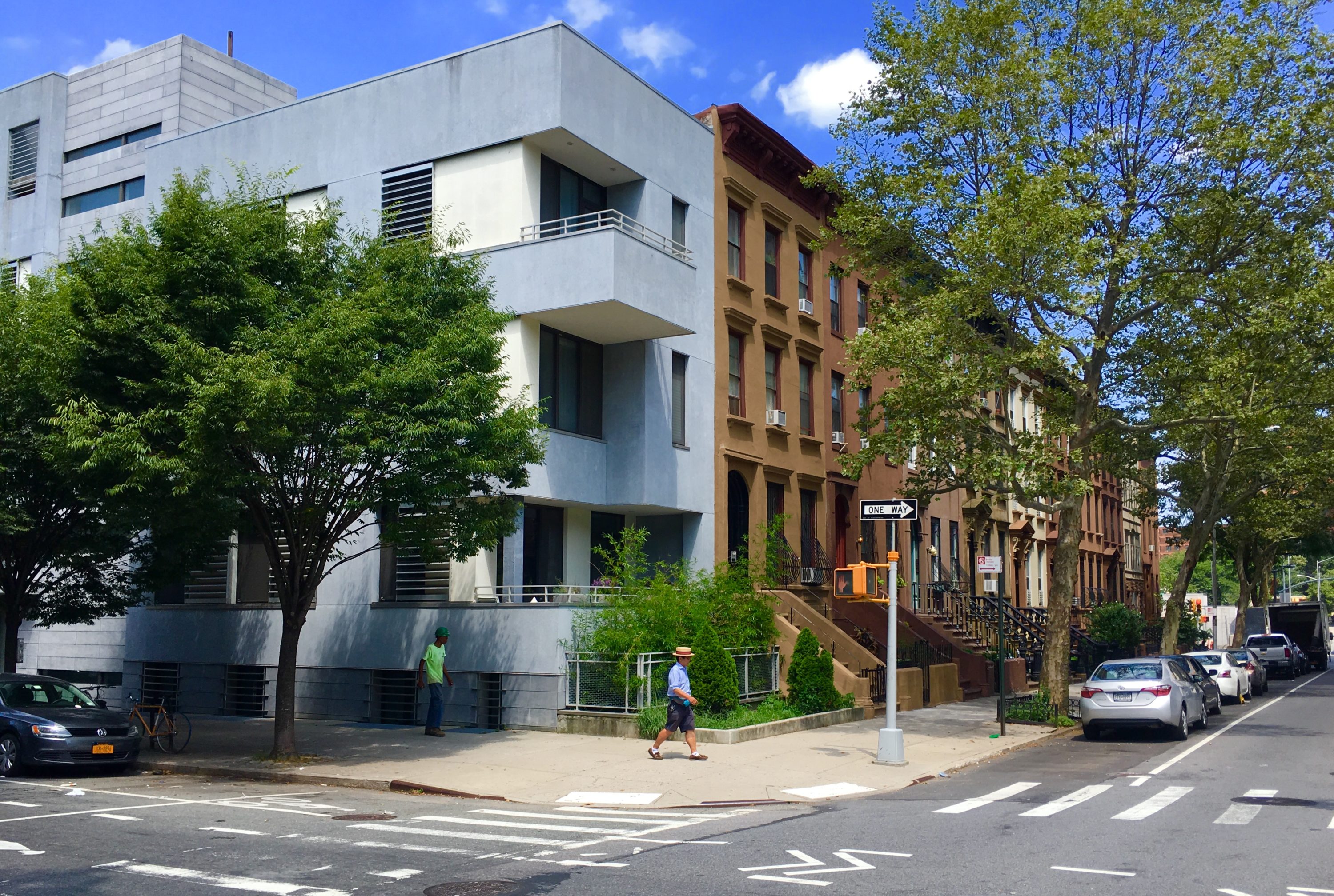How to avoid Brooklyn’s worst landlords
A smart apartment hunter’s guide to sussing out the slumlords.

It’s near the end of apartment-hunting season — at least for those who weren’t savvy enough to understand that September leases tend to be the most overpriced.
I am one of those people.
If you’re like me, your nightmares are haunted with listings and the banality of what “amenities” listing agents deem desirable: “A REAL living room that you can actually LIVE in. Bedrooms all have closets AND windows. Dishwasher included!”

Brooklyn Boro
View MoreNew York City’s most populous borough, Brooklyn, is home to nearly 2.6 million residents. If Brooklyn were an independent city it would be the fourth largest city in the United States. While Brooklyn has become the epitome of ‘cool and hip’ in recent years, for those that were born here, raised families here and improved communities over the years, Brooklyn has never been ‘uncool’.